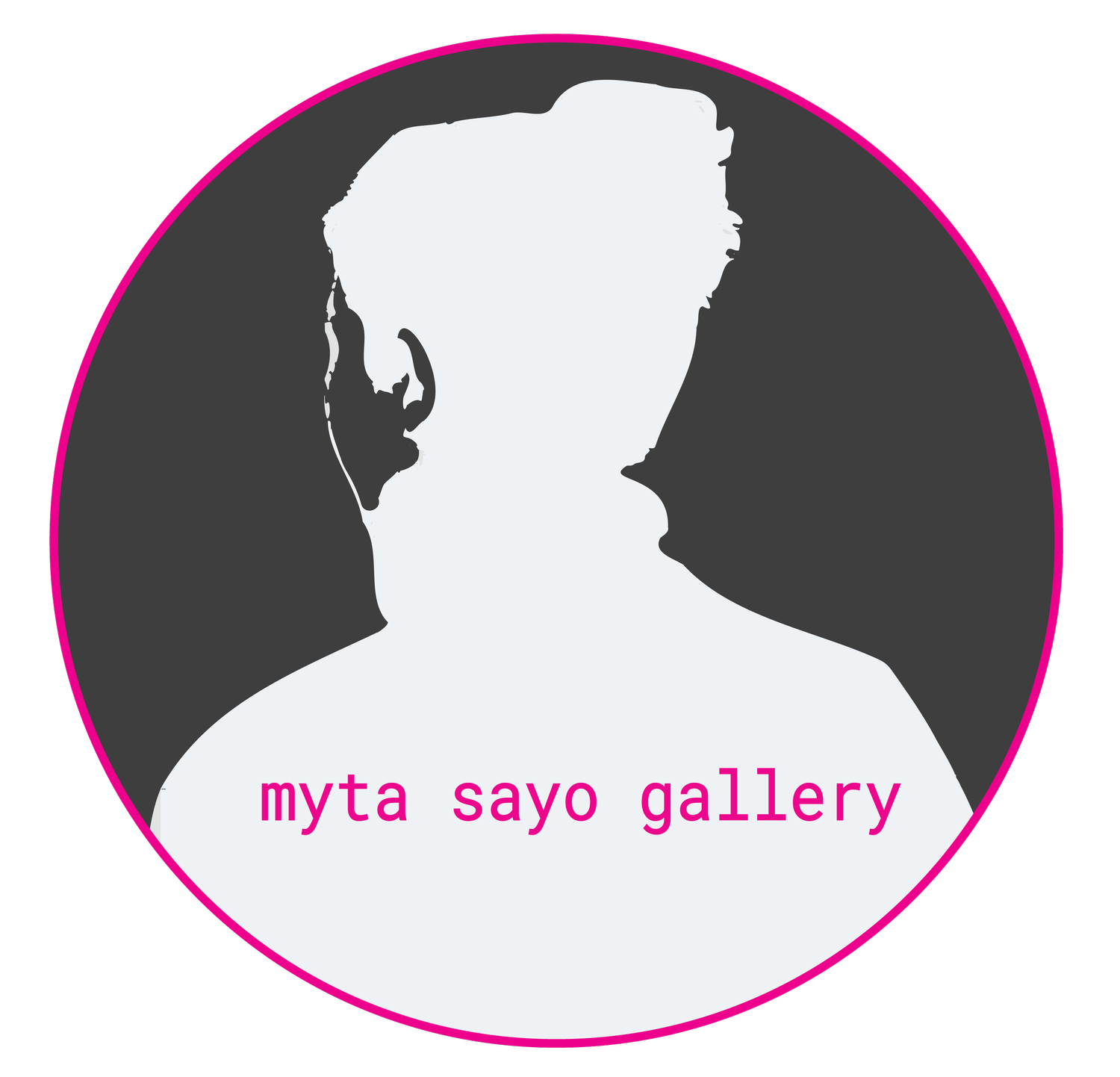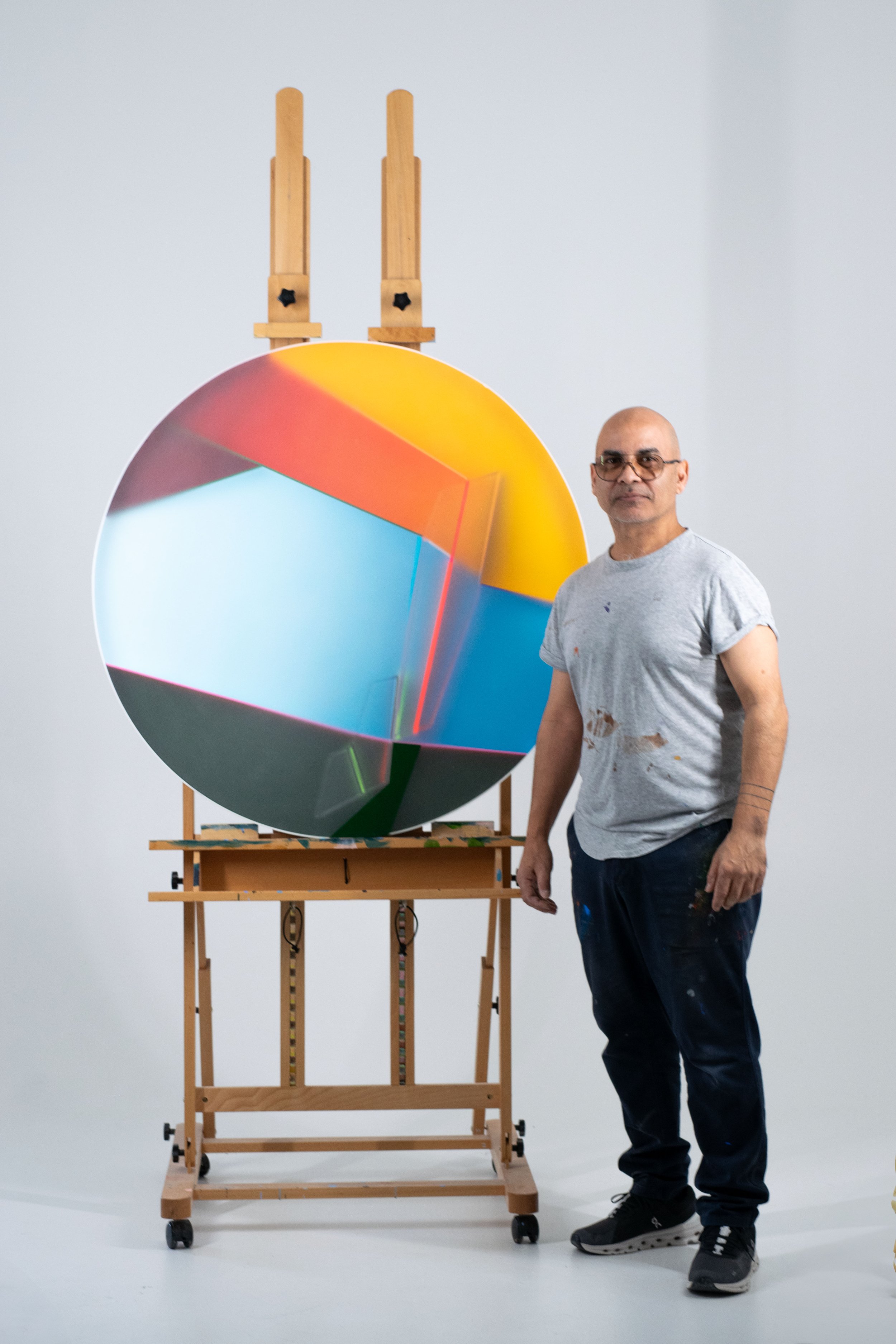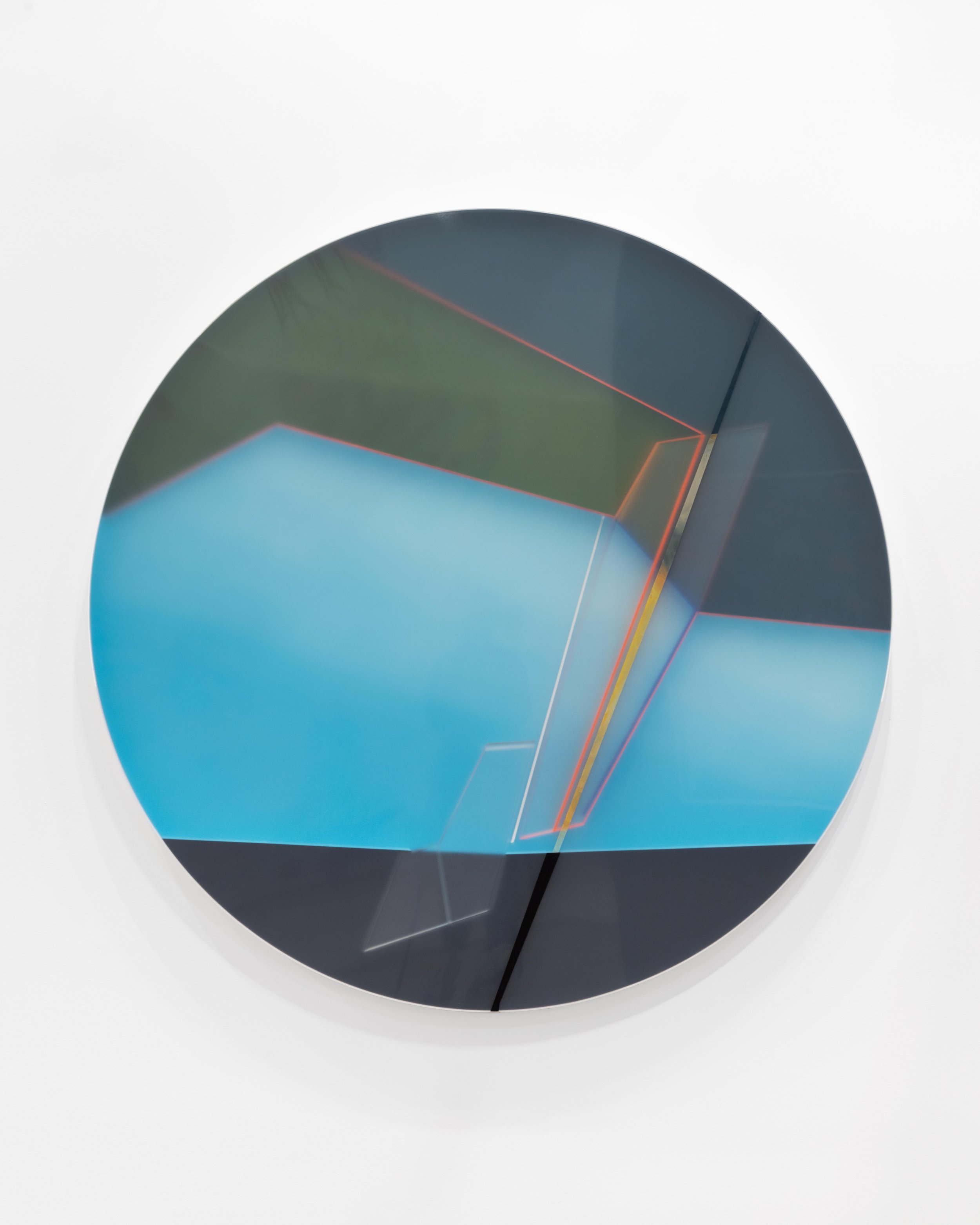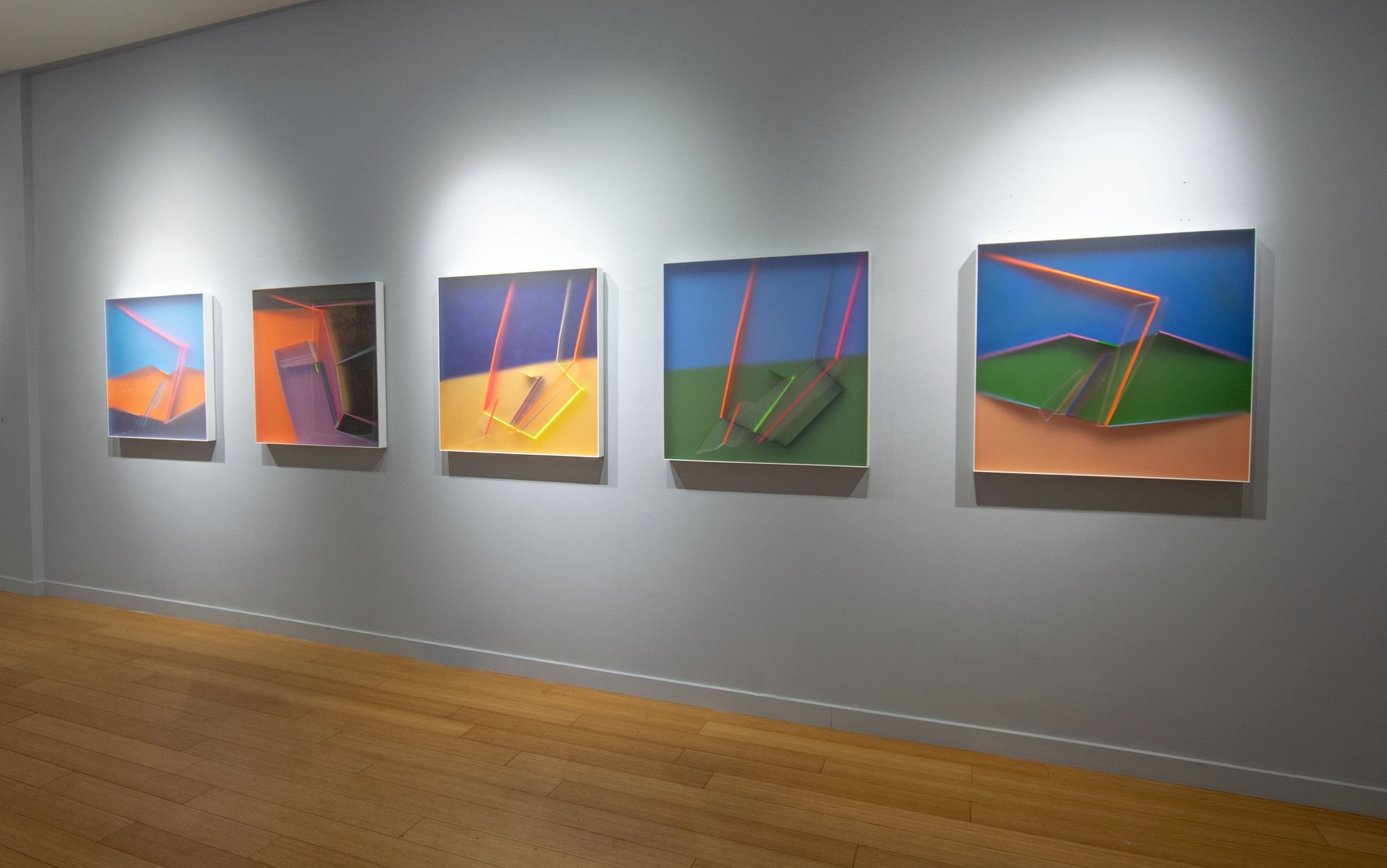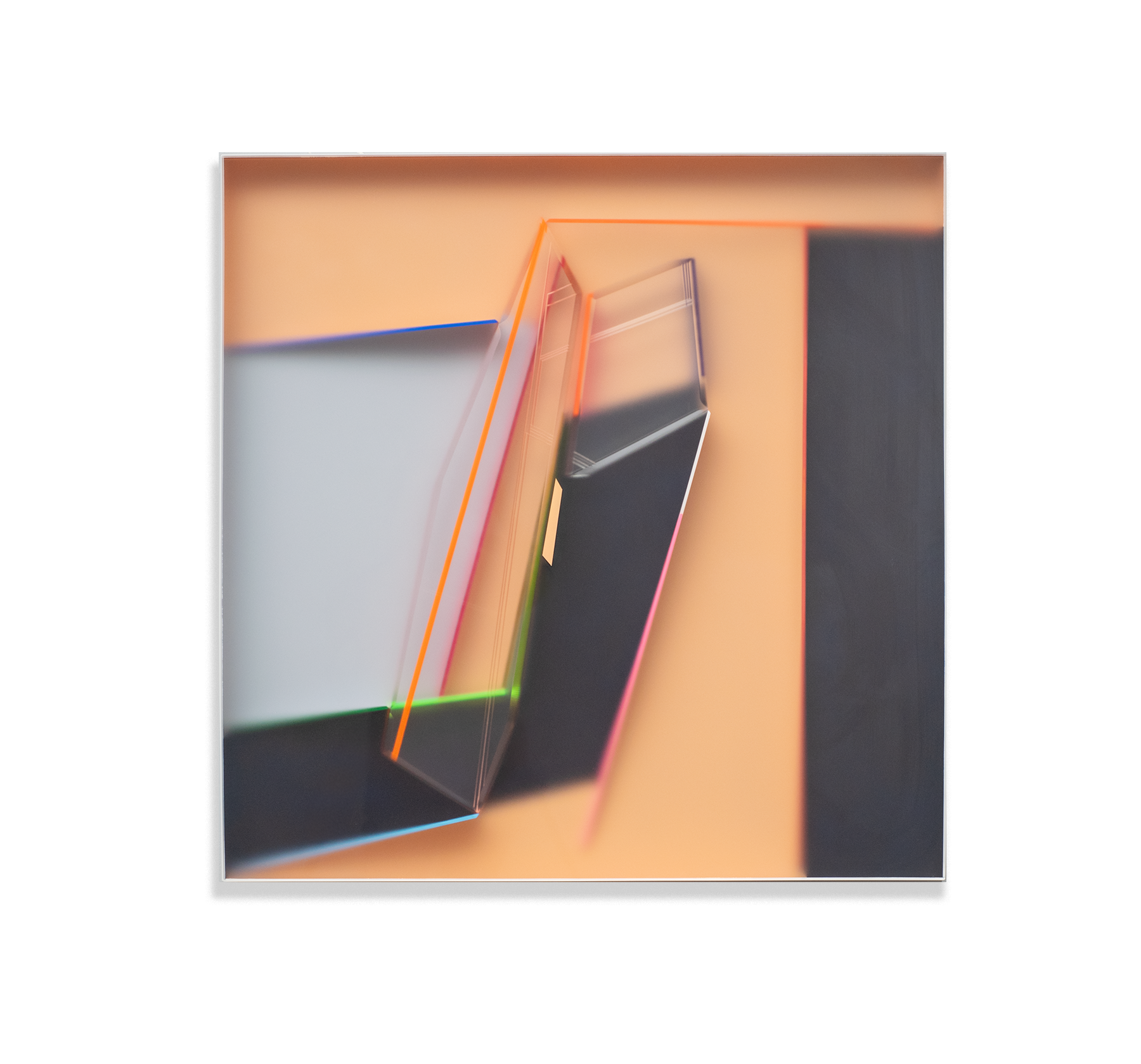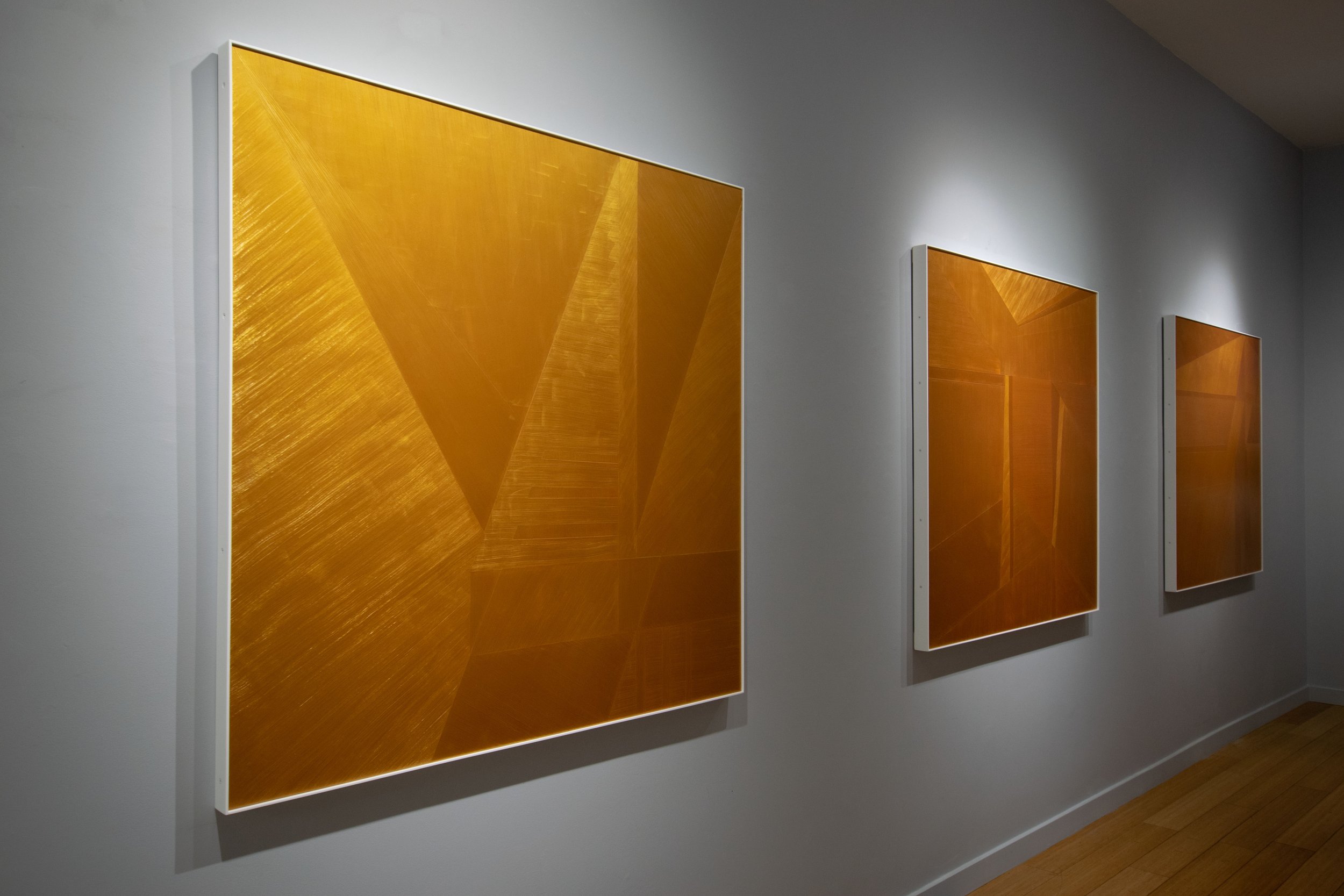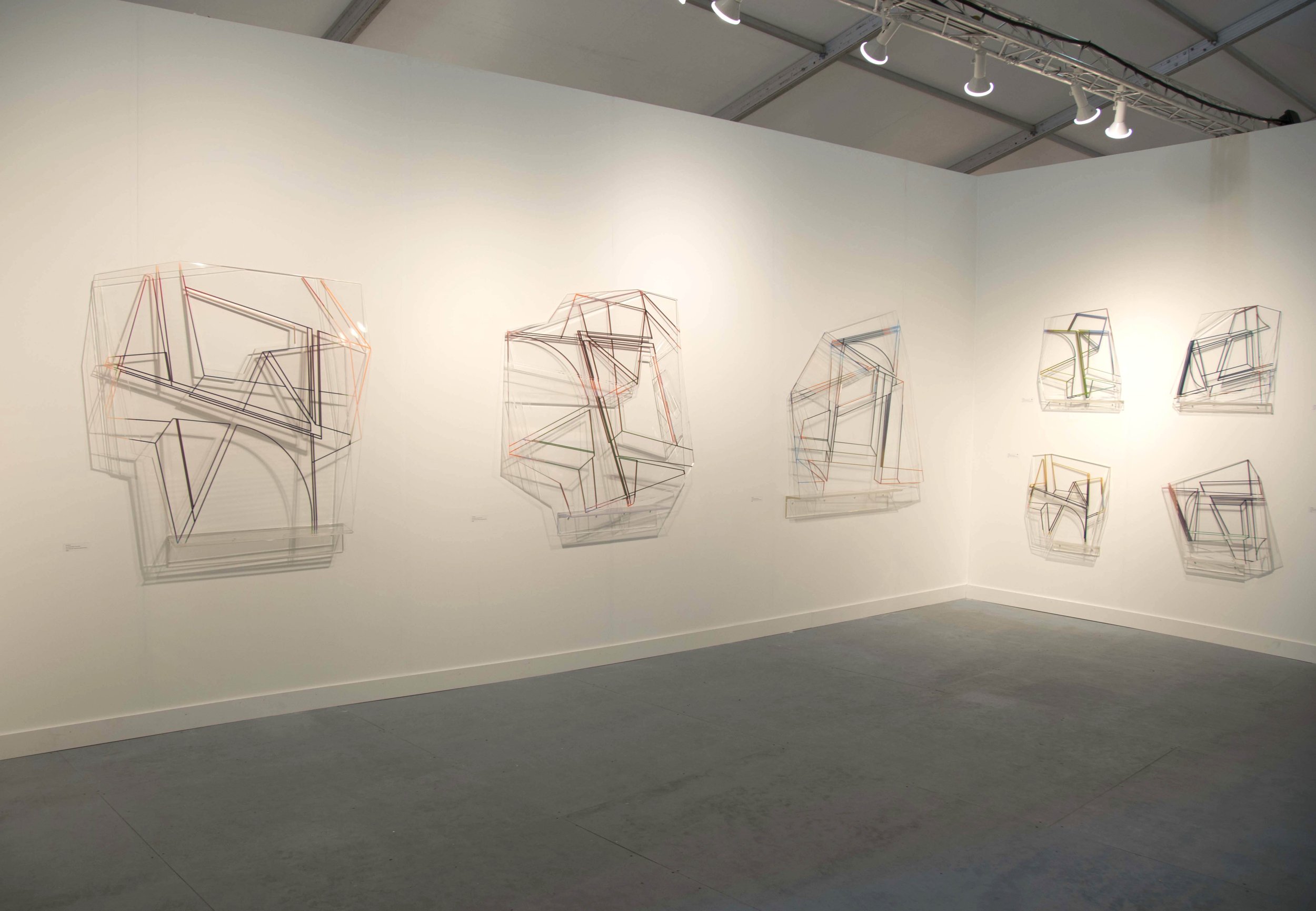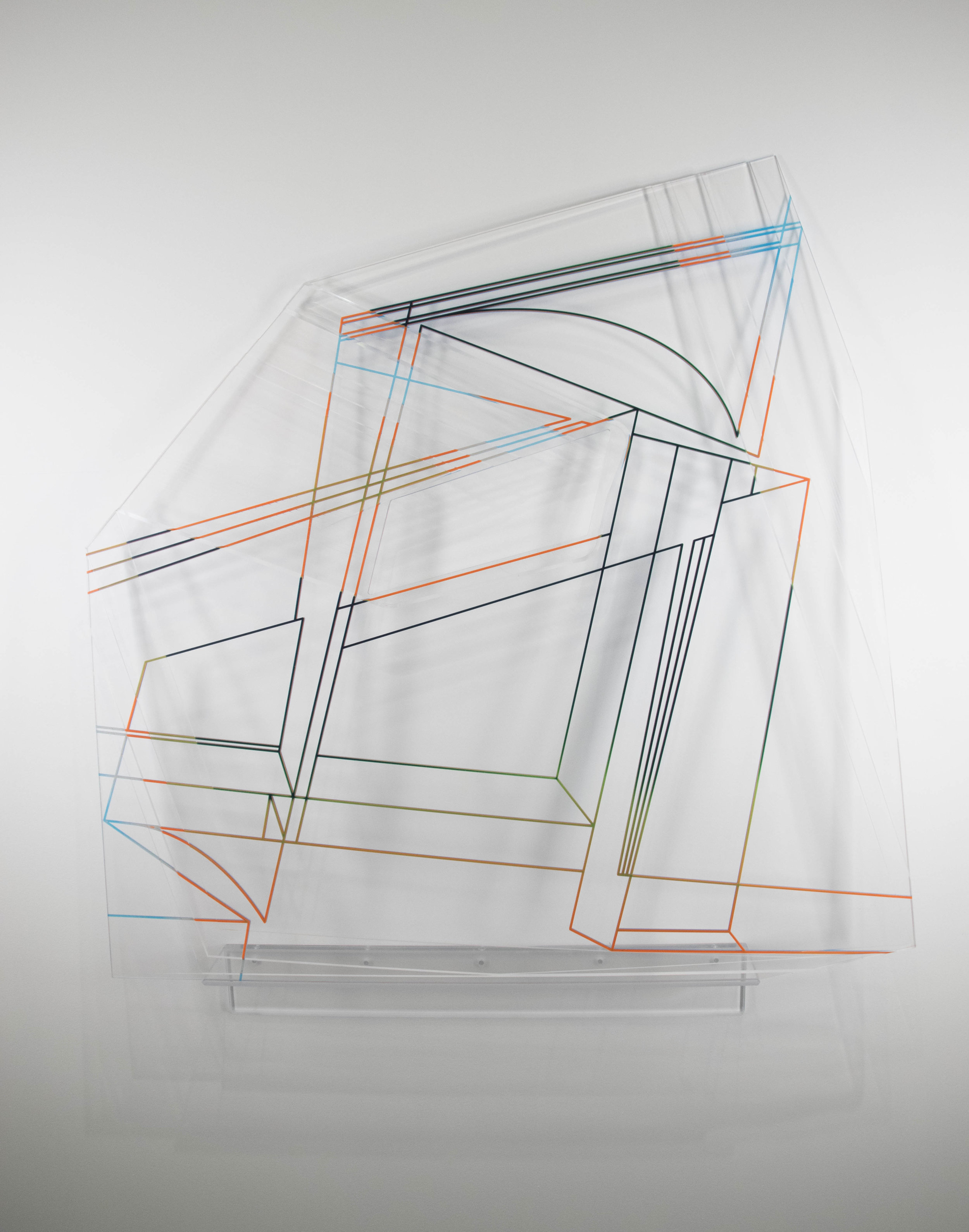ESCAPE SERIES
Kal Mansur (Canadian, b. 1965) mines possibilities within abstraction, making a case for its plural nature. His work occupies a unique space that combines geometric abstraction with a diasporic approach to colour. While he draws from minimalist traditions, his use of colour evokes an elsewhere – an air force base in Chittagong, a jungle in Borneo, a desert plain in Texas, a Brooklyn rooftop or a Toronto skyline – to places where he’s lived. “I use my work to tune visual perception,” he says. “Its non-definitive nature allows it to vibrate like a tuning fork. The observer can decide whether what they see is in or out of tune."
Mansur’s work has gained wide recognition, and has been the subject of solo and group exhibitions in Toronto, New York, Ottawa, Doetinchem, Pittsburgh, and Los Angeles. He has been commissioned to produce work for Tiffany & Co., Le Meridien New York, the Conrad Los Angeles, Bonjour Capital, and Fairmont Hotels. His institutional commissions include three large-scale acrylic sculptures at George Brown College and one hundred acrylic sculptures at Toronto Metropolitan University. Mansur's work is included in the collections of Global Affairs Canada, TD Bank Corporate Collection, Sloan Kettering, Alliance Capital, and Senvest Corporation. His works were exhibited at the Canada Pavilion at Expo Dubai 2020. His studio is in the west end of Toronto.
-
-
Kal Mansur Studio works with art advisory and design firms worldwide. He has successfully completed several large-scale commissions for renowned clients including Tiffany & Co., Fairmont Hotels, Le Meridien, Bonjour Capital, George Brown College, among others.
-
ALL THAT GLISTERS ISN’T | May 15 - July 29, 2023
ESCAPE | February 1 - April 9, 2023
LAND ESCAPES | June 9 - July 3, 2022
PORTRAITS OF ABSTRACTION | January 18 - February 27, 2022
-
-
Kal Mansur builds a monochromatic painting, layering a range of paint hues to create depth and complexity. Each stroke is meticulously applied then followed by translucent glazes that gently wash over the surface, pooling in crevices and cascading over edges. This meticulous process allows Mansur to achieve a delicate equilibrium, where colors simultaneously emerge and retreat. Embedded within the painting are circular resin sculptures that inundate the work with changing reflections. Observers circling the work witness subtle changes: once-muted circles awaken, emitting a soft glow that hints at hidden depths. Their surfaces possess a duality -- both waxy and reflective, they invite contemplation amidst a veil of uncertainty. The work echoes the geological process of land formation, where layers of terrain evolve over time, undergoing excavation, alteration, and eventual transformation.
SHELTERS AND VALKYRIES
-
Executed in acrylic and plexiglas, these artworks harness available light, enfolding a faceted object within a translucent shroud. Surrounding areas are painted and fluorescent elements radiate through the edges. Some lines extend outward while others gently dissipate, anchoring an object seemingly suspended in mid-air. The work invites the viewer to travel through the composition and witness its subtle changes.
STROKE PAINTINGS
-
Kal Mansur distills the interplay of light and surface to a succinct, minimal expression. His new series of paintings are made with gold or black acrylic and a house painting brush. On first impression, the surfaces appear to be divided into geometric fields of varying shades, some lighter, and some darker. But move around and you will see that the colours shift depending on your point of view and the angle of light. Move in close and you’ll notice that the sharply defined geometry is textured with prominent brush marks. You’ll also notice that the paintings are completely monochrome. The appearance of different shades is solely due to the textured surface. In this work, no single view is resolved. Whereas some elements suggest receding depth, other elements contradict this reading. We are left with a kind of fragmented space that folds back and forth and eventually leads back to the flat surface of the artwork. The work questions the solidity of borders and their role in mediating everyday life. “If you just change the way you view something you might completely alter your perception of it,” says Mansur.
NON-SPECIFIC OBJECTS
-
Kal Mansur’s Non-Specific Objects are a simultaneous homage to and departure from minimalist traditions. The series combines gestural drawing with multiple machining processes. Mansur composes first with tape, creating a drawing built upon strokes that, unlike pencil drawings, do not bear the memory of an erased line. The composition is then carved into a solid acrylic slab. The incisions are filled with pigmented epoxy, layers of color built up millimeters at a time. Using a carving machine, Mansur exposes deeper layers by excavating into the slab, creating steppes that are only visible upon closer inspection. Shadows of invisible lines are cast on the wall, as the artwork's incline creates optical effects. The conceptual underpinnings are vast, as Mansur moves past diffusion as a compositional element, and explores how transparency can carry unexpected consequences.
